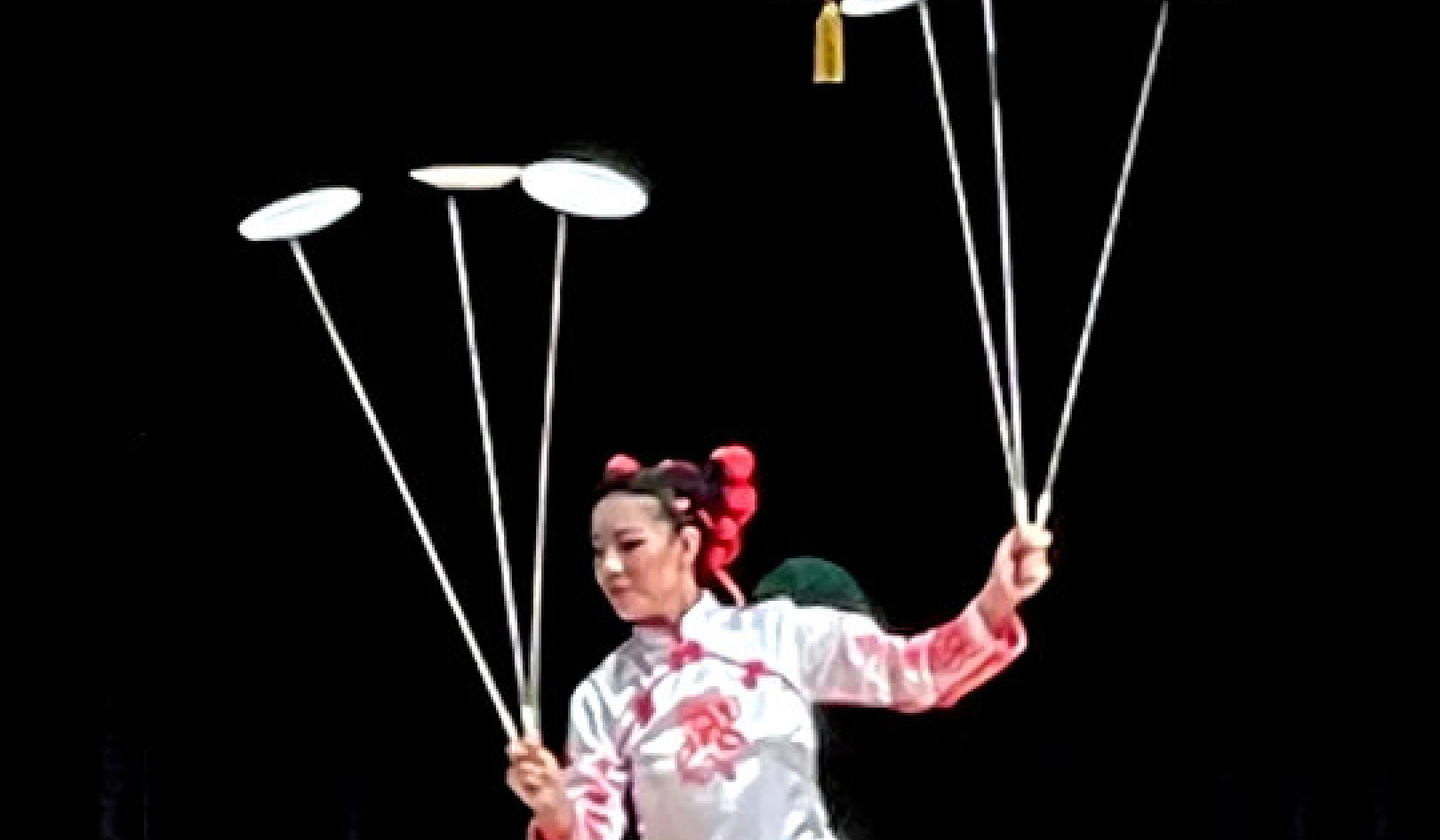
Decision making is an integral part of our everyday life. When it comes to important decisions, we generally want to work with others – assuming that groups are better than individuals. This has, after all, been shown to be the case in both humans and animals. Committees, panels and juries usually achieve this “wisdom of crowds” by sharing individual opinions and views – discussing them within the group until there is consensus.
But two heads are not always better than one. The presence of an overly dominant leader, time constraints and social dynamics could dissipate the advantages of groups. In a recent study, published in Scientific Reports, we investigated the best conditions for making decisions when circumstances are uncertain. In other words, if we are not able to make a fully informed decision, are we better off alone or in groups?
In presence of uncertainty, the information coming from the senses is generally not sufficient to make accurate decisions. Also, in perceptual decisions, such as looking for a particular object in an image, reasoning does not help. In such circumstances, the best decisions are generally those made using gut feeling. However, research suggests that discussing your decision with others should enhance your performance.
In our experiments, we showed participants a sequence of images of Arctic environments with a crowd of penguins and, possibly, a polar bear. The images were manipulated as these two species live at opposite poles. After each image, participants had to decide, as quickly as possible, whether there was a polar bear in the picture. Each image was shown for a quarter of a second, hence making the task quite difficult for an individual – see the animation below.
Is there a polar bear? (Hint: yes).
{youtube}https://youtu.be/5oQHtf8UDNU{/youtube}
We recruited 34 participants and split them into three sets. In sets A and B (10 participants each), people performed the experiment in isolation with no interaction with each other. After each decision, participants of set B also indicated how confident they were in that decision. Since all participants were seeing the same images, we then studied the performance of possible pairs and groups that we could form by aggregating their responses.
In set C, we formed seven pairs randomly and put each participant in a separate room. We allowed each pair to exchange information during the experiment. One member of each pair made two decisions: one based on the sole perceptual information (dubbed first response) and one taking also into account the first response of the other member and his or her degree of confidence (second response).
When pairing isolated participants (sets A and B) by simply adding their responses together, the wisdom of crowds made a difference: pairs were more accurate than individuals. If the pair did not agree on a decision, we used the decision of the most confident member. However, surprisingly, communicating participants of set C made 50% more errors than the isolated participants of sets A and B. In other words, having people working together as opposed to alone doing the same task does not improve the performance: it makes it worse.
Group communication not only increased the number of erroneous decisions made by people., it also made participants unable to correctly assess their decision confidence. We know that people feeling very confident about a decision are more likely to be correct than people feeling less confident. While this was true for set B, in set C the decision confidence did not correlate withwhether or not the answer was correct.
What happened in the experiment was that overconfident (but inaccurate) people convinced less confident (but accurate) people to change their opinions towards the wrong decision. Hence, asking communicating participants to report their degree of confidence after each decision is risky.
Reading the unconscious mind
In the study, we also looked at the brain activity of the different decision makers using electroencephalography (EEG), which uses electrodes placed on the scalp to track and record brain waves. The aim was to find patterns to assess the quality of a decision without asking the participants how confident they were.
We found that the intensity of the brain waves in specific regions of the brain reflected the decision confidence of the user. We then developed a brain-computer interface (BCI) (a computer directly connected to the EEG) to predict the decision confidence of each participant using their brain signals and the response time via machine-learning algorithms. Our interface was designed to tap into the unconscious mind and capture evidence of the decision confidence before other reasoning comes into play.
When using our BCI, participants did not receive any feedback related to their level of confidence. In this way, we could establish who should be trusted more on each decision on the basis of brain activity only – something that helped us improve the accuracy of pair and group decisions when adding up the answers afterwards.
Our results suggest that two minds are better than one during uncertainty only if people do not exchange information. Also, the optimal group decisions can be made using our BCI to establish which group members should be trusted more according to their brain signals.
![]() This could help a variety of workplaces to improve decision making. To achieve the maximum performance, we would need several isolated users equipped with BCI. This is particularly valid for scenarios where erroneous decisions might have serious consequences. For example, in surveillance, where police officers monitor security cameras to identify threats on a scene. Or in finance, to allow brokers to make better decisions and save money. Similarly, in healthcare, radiologists could be assisted by our BCI to make better diagnosis over X-ray images. This, in turn, could actually help save lives.
This could help a variety of workplaces to improve decision making. To achieve the maximum performance, we would need several isolated users equipped with BCI. This is particularly valid for scenarios where erroneous decisions might have serious consequences. For example, in surveillance, where police officers monitor security cameras to identify threats on a scene. Or in finance, to allow brokers to make better decisions and save money. Similarly, in healthcare, radiologists could be assisted by our BCI to make better diagnosis over X-ray images. This, in turn, could actually help save lives.
About The Author
Davide Valeriani, Post-doctoral Researcher in Brain-Computer Interfaces and Co-Founder of EyeWink Ltd., University of Essex
This article was originally published on The Conversation. Read the original article.
Related Books:
at InnerSelf Market and Amazon






















